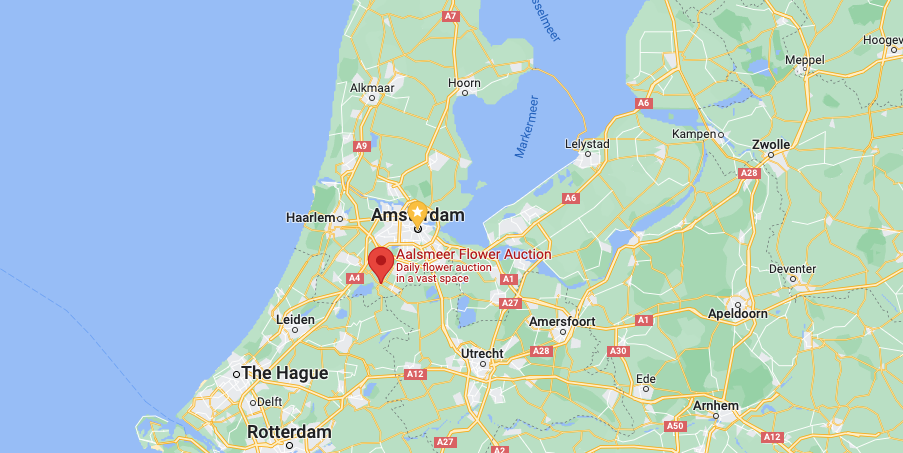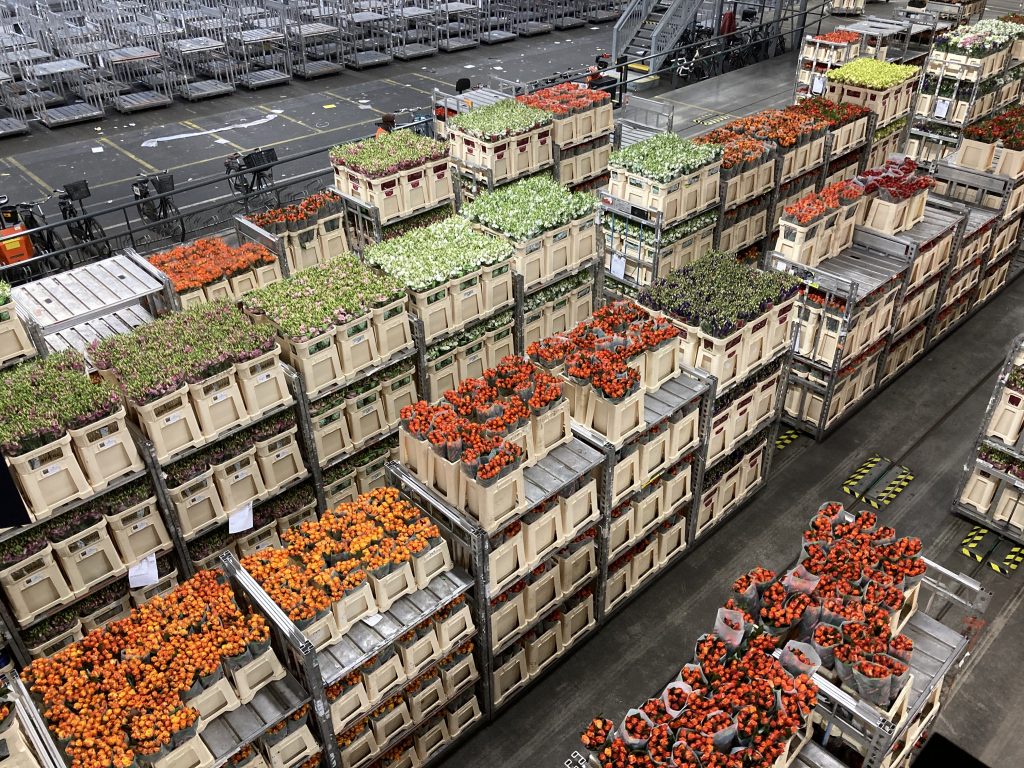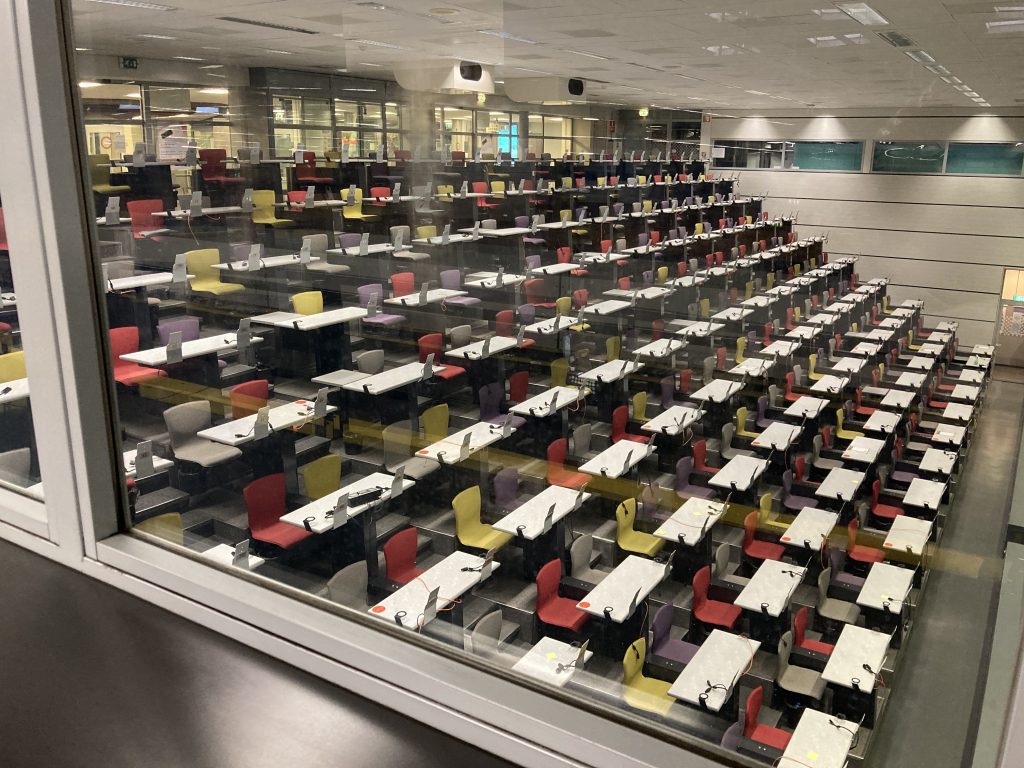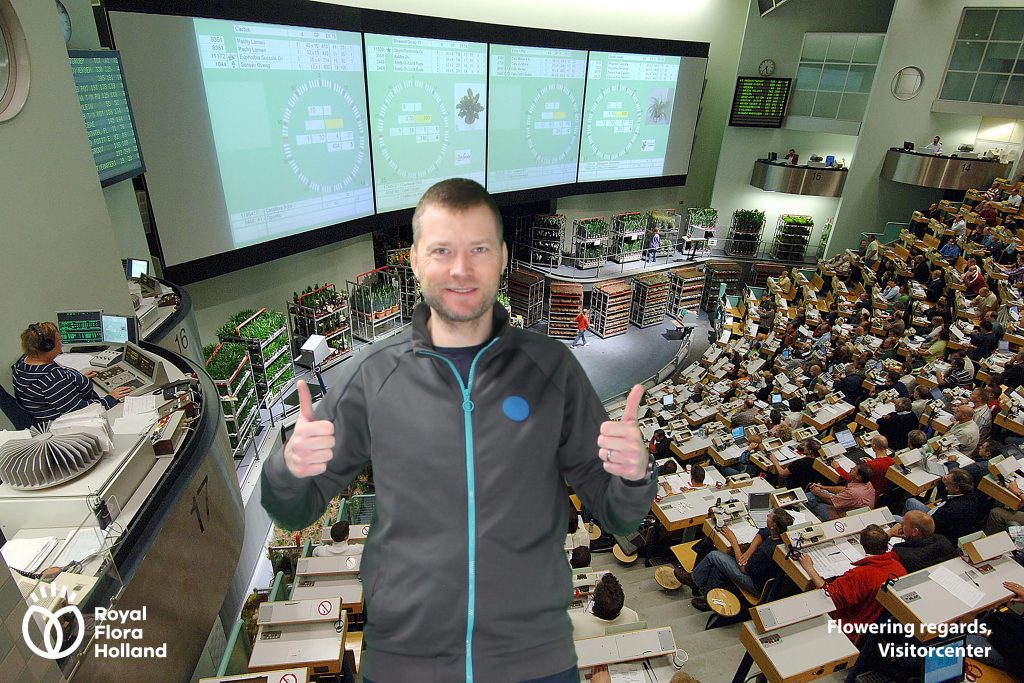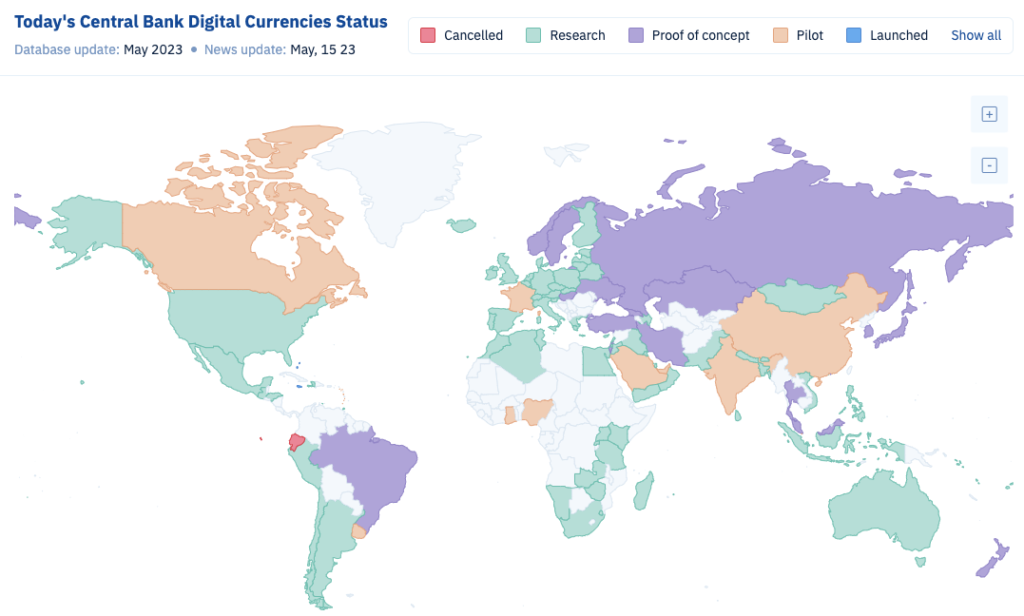Markets: beyond AI
What if I told you that we have access to a technology that generates, aggregates and communicates a vast array of information in a single and simple to understand metric? That throughout human history we have experimented with, developed and deployed institutions that convert a multitude of different perspectives into a common, universal language? And, perhaps most importantly, that our intuitions about it are usually wrong? This unit gives you the ability to recognise the beauty and power of market prices and see your business environment in a whole new way. We will consider the social function of markets and their impact on facilitating an extended order of cooperation. We will also consider the key challenges that business practitioners will need to overcome to ensure that humanity continues to reap the rewards of one of our greatest collective accomplishments.
I remember hearing someone describe markets as “the first AI” and being impressed, but unconvinced by that declaration. Markets don’t approach or have the capacity to exceed human intelligence, they are even better than that – they are a virtual collective intelligence. This short course intends to convince you of this remarkable claim.
Part A: the foundational texts
In this part of the course you should become familiar with four key foundational texts that articulate the majestic properties of markets.
- “On the Origin of Money” (Carl Menger, 1892, Economic Journal, (2):239-55)
- “The Use of Knowledge in Society” (Friedrich Hayek, 1945, American Economic Review, 35(4):519- 530)
- “I, Pencil” (Leonard Read, 1958, Foundation for Economic Education)
- “What is Seen and What is Not Seen” (Frederic Bastiat, 1850, Paris: Guillaumin. This version taken from The Bastiat Collection, 2nd Ed., Mises Institute, 2007, pp. 1-11 only)
Here is a PDF copy of the reading pack which should be read:
Download the reading pack here.

Here are short video explanations of the four key readings:
- Origin of Money, by Carl Menger
- The Use of Knowledge in Society, by FA Hayek
- I, Pencil, by Leonard Reed
- Seen vs Unseen, by Frederic Bastiat
https://youtu.be/G6S5c6xhXTY?si=oIzR9w9x_d0sKe0T
Test your knowledge of each reading with these four assignments:
- Money
- Knowledge
- Pencil
- Seen
- There is also a combined Kahoot! quiz
- Lecture handouts can be downloaded here.
Part B: the modern relevance
Here is the trailer for Arrival (2016), which you should watch.
- Read: Catching Crumbs from the Table, by Ted Chiang, 2000 (Nature, 405, 517)
Chiang’s work of science fiction takes place in a world where AI have grown beyond human’s ability to comprehend them, and scientific endeavour is simply an attempt to interpret what “metahumans” are doing. In this world, these intellectually superior beings are benign (he pointedly comments that “unlike most previous low technology cultures confronted with a high technology one – humans are in no danger of assimilation of extinction) but have no interest in communicating effectively with people like us (and indeed when you consider our attempts to explain scientific progress to ants, why should they?). He considers a technology that might help individuals to upgrade their cognitive capabilities to bridge this divide, but recognises that people are quite cautious about exposing children to any gene therapy that might lead towards assimilation. His vision is a technologically optimistic one, but where humans are resigned to “catching crumbs from the table” – to feed off the scraps of our superior machines, where our attempt to merely interpret and make sense of their findings is our limit.
- Read: Catching Crumbs from the Market, by Ben Southwood, 2022
In his attempt to understand the financial market reaction to the UK government’s infamous mini-budget in September 2022, Ben Southwood (an Editor at Stripe Press, and a friend of mine) explains his affection for Chiang’s article. In doing so, he asks “Aren’t we already catching crumbs from the table?” Indeed, as the readings above demonstrate, the information content provided by market exchange is not always given to us in an entirely intelligible manner. We must interpret market data, and indeed speculate on what it means. Markets are arenas for such speculation to take place, and for contested claims to confront reality. Unlike an artificial intelligence, markets are a product of of human action, but they are not of human design. Markets help to assimilate dispersed and fragmented information into a single figure, which relates to an entire constellation of price signals. This communication system helps us to act and to plan, without having to understand where it has come from or what has happened to make it change. The implications are clear, but the interpretation is not. We struggle to make sense of what we see, despite the awe we should have for the system.
“The market” isn’t a god or a weapon. It is neither something to worship nor something to deploy. It is much more magnificent and mysterious: it is a virtual collective intelligence. One of the oldest in the world, and one of the most technologically sophisticated social tools that man has ever created, our steps into the digital future might be trodden along a familiar path. How we understand and utilise markets are a useful way to practise and anticipate our relationship with the coming AI revolution.
 I’m not, therefore, claiming to be the first person to draw a link between markets and artificial intelligence. Consider the following quotes from Brad DeLong:
I’m not, therefore, claiming to be the first person to draw a link between markets and artificial intelligence. Consider the following quotes from Brad DeLong:
“There is no better way for harnessing the eight-billion-brain anthology intelligence of humanity to achieving the social goals we all want, other than to organize a well-functioning market system. That is a basic and serious truth.” Brad DeLong (Conversations with Tyler. A similar quote can be found in his book ‘Slouching Towards Utopia’, 2022, p. 515)
Mark Zuckerberg talks about how stock markets resemble AI here:
-
#383 – Mark Zuckerberg: Future of AI at Meta, Facebook, Instagram, and WhatsApp, Lex Fridman (see 2:30:36)
If you can find other examples of people claiming that markets are a form of AI, please let me know.
Part C: Markets in the age of AI
A hot topic in economics is whether improvements in big data and/or AI might alter the outcome of the socialist-calculation debate. Steve Horwitz explains that debate here:
My view is that calculation problems can’t be solved through computation, and anyone who thinks that socialism is feasible either hasn’t read, or hasn’t understood, the four articles mentioned in part A.
As Martin Wolf has said,
“Even in the age of big data, markets exploit knowledge and adjust incentives in ways that no other social media mechanism does” Martin Wolf (2023, p. 225)
This isn’t a new debate. Good examples of papers claiming that AI or big data could replace markets include:
- Cottrell, A., & Cockshott, P. (1993). Calculation, complexity and planning, the socialist calculation debate once again. Review of Political Economy, 51(1), 73–112.
- Phillips, L., & Rozworski, M. (2019). People’s republic of Walmart. London: Verso.
For a good rejoinder, see:
- Hodgson, G. (1998). Socialism against markets: A critique of two recent proposals. Economy and Society, 27(4), 407–433.
For an academic assessment of this debate, I recommend the 2023 special issue of the Journal of Economic Behaviour and Organization:
Here is a video on this topic featuring Bob Murphy:
Other quick contributions to this debate include:
Conclusion:
- Markets are robust and powerful. So a really useful finding is that in many cases using markets to solve a problem will make a massive contribution to actually fixing it.
- The brilliance of this insight lies in the fact that most people’s intuitions about markets are wrong, so we have immense potential to change people’s view of the world and obtain a really important finding.
- It’s a viewquake!
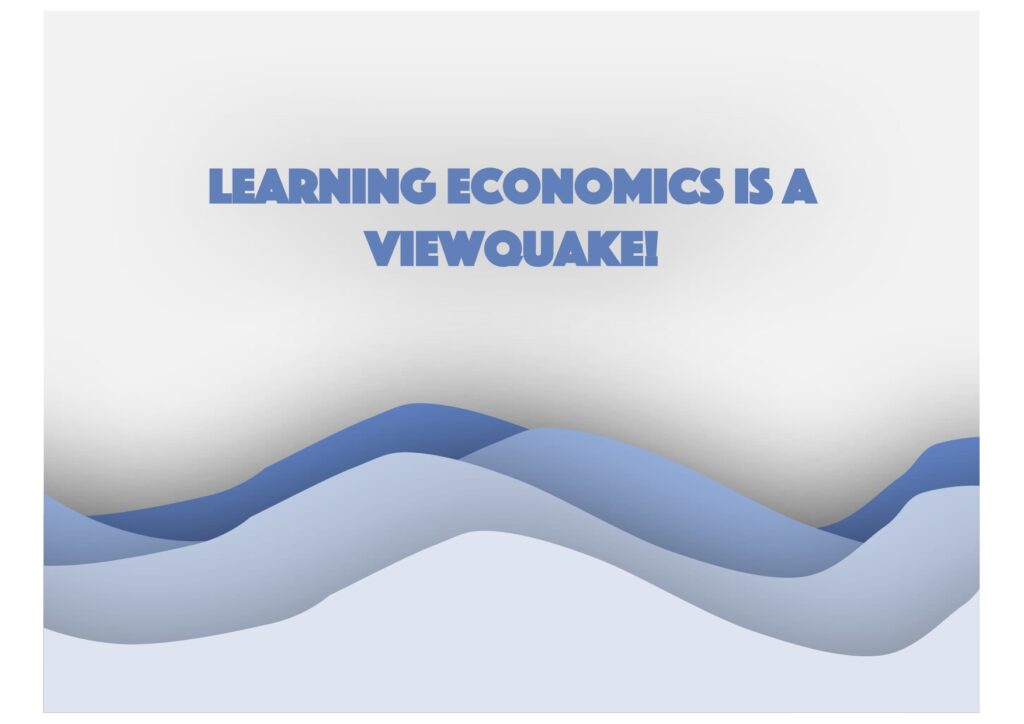
References:
Wolf, M., 2023, The crisis of democratic capitalism, Allen Lane
DeLong, J. B., 2022, Slouching towards utopia, Basic Books

